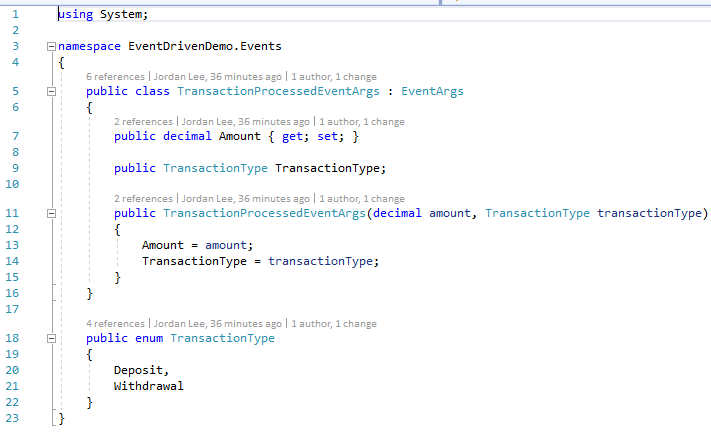

Event-driven programming is a programming paradigm where the execution of a program is determined by events such as user actions or messages. Programs respond to the user event with pre-defined actions, allowing for asynchronous and responsive behaviour. Event-driven programming is often seen in GUIs and distributed systems.
Encourages modular code design, simplifying maintenance and scalability by separating concerns and promoting code reusability.
Enhances user experience by responding promptly to user inputs, delivering a smoother and more interactive interface.
Facilitates easier integration of new features or modifications, promoting adaptability to changing requirements in dynamic environments.
Components communicate through events, reducing dependencies and enhancing system flexibility, making it easier to maintain and modify.
Event-driven systems can be challenging to debug due to their asynchronous nature, making it harder to trace errors.
Concurrent events may introduce race conditions, leading to unpredictable behavior and making debugging and synchronization complex.
Event-driven systems may lead to inversion of control, making code harder to follow and understand for developers unfamiliar with the design.
A series of interconnected events can lead to cascading effects, making it harder to predict the outcome and manage the system state.
Continuous listening for events can consume system resources, leading to potential inefficiencies in resource utilization and impacting overall system performance.

